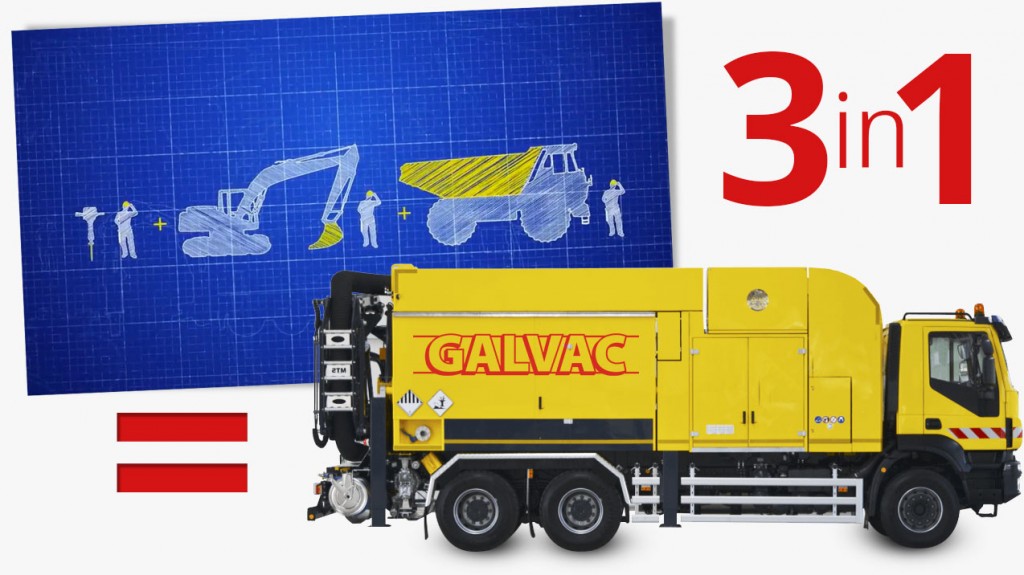Why Vacuum Excavation

Understanding Vacuum Evacuation
Vacuum excavation involves the use of suction generated by a vacuum lorry delivered via an air lance in order to agitate and remove material (typically soil, earth or water) from the ground.
It is typically used as a safe means of excavating for new and around existing underground utilities in any ground conditions, but has a wide variety of other applications.
Primary Benefits
- The reduction of utility damages whilst excavating in the highway and footpath during construction works.
- Excavation sizes reduced by up to a third compared to use of a mini-digger.
- Increased productivity compared to conventional excavating methods in conjunction with increased safety.
- Self contained excavating team, leading to increased site cleanliness by tipping up to 12m3 of spoil in a designated area, creating a better customer/public experience.
- All our MTS Vacuum Excavators are fitted with Hydraulic Power arms to increase manoeuvrability and to reduce manual handling.
- Extension tube made from P.E pipe to reduce possibility of Utility Damage and to Insulate vehicle and workforce when working in High Risk areas.


Less environmental impact - we work cleaner and tidier
Our expertise and specialist equipment allows us to carry out vacuum excavation services in a clean, tidy and eco-friendly way – in all types of locations and conditions.
Almost 200m of insertion works can be excavated in one day by a vacuum excavator. As this photo shows, a clean tidy site, pedestrian access and 2 way traffic maintained by using smaller barrier systems and no spoil on site.
Safety and Environmental Benefits
Employing vacuum excavators on sites has reduced the amount of underground damage and solidifies the industries commitment to adopting best practice to avoiding damage to underground assets. The benefits of the units include:
- Increased operational safety associated with excavating – less need for access and egress.
Less manual effort, avoidance of strains and sprains to operatives. - Reduced excavation sizes – less excavated site spoil to be tipped or recycled which has a considerable positive impact on the environment.
- No excess spoil – no danger of contamination into surface water or drains.
- Faster and more efficient excavation compared to traditional manual methods – projects are completed far quicker which results in minimum disruption to the customer, members of the public, and the environment.
Eco-friendly vacuum excavation
- Minimised damage to tree or shrub roots as the vacuum is able to remove the ground between them in conjunction with the air lance, therefore not affecting the underground environment.
- Less lorry movements to and from site – providing a reduction in the carbon footprint.
- Self contained excavating team leading to increased site cleanliness, by tipping up to 12 cubic metres of spoil in a designated on site area.
- Reduction of grab loader time on site, minimising disruption to customers and local traffic and significant reduction in third party damages.
- Excavation sizes reduced by up to a third compared to use of conventional methods.
